Updated February 26, 2021
Pack light and tight with packing organizers to bring order, convenience, and efficiency to packed luggage. Squeezing socks, underwear, and charging cords into shoes or nooks and crannies can make great use of tiny pockets of unclaimed space. However, packing organizers contain, compress, and organize stuff, freeing up extra space in the process.
Having a selection of folders, cubes, pouches, bags, and envelopes makes it easier to find just the right ones for each packing experience. Yep, I admit it. I’m a packing organizer junkie. In the event it’s useful, here’s a description of the mainstays of my collection, and 12 tips on how to use them.
Table of Contents
1. Packing folders
A packing folder keeps clothing together in one compact bundle. If a packing folder fits your packing style, choose a size that’s compatible with the dimensions of your bag. For example, the width of my Eagle Creek Pack-It Garment Folder matches the width of my convertible carry on. The length of my handmade folder also mirrors the width of my bag. The Eagle Creek folder fits snugly landscape style while the handmade folder fits portrait style. Leaving the folding card and removable base of the Eagle Creek at home lightens the load.
When I choose to take a packing folder, I’m partial to a fold-and-stack approach to organizing clothes. I tried the bundling method but found it too inconvenient to access an item by having to unbundle everything around it. Mind you, bundling works just fine for a one-stop destination where the intention is to unpack everything.
2. Packing cubes or envelopes
For packing organizers containing several items of clothing, mesh or see-through cubes or envelopes allow you to see what’s inside.
I like the eBags Packing Cubes (medium size for tops). For more information, see Julianna Barnaby’s detailed eBags Packing Cubes Review: At a Glance at The Discoveries Of.
For shirts, my preference is to roll ranger style to achieve a nice tight roll. Rolling clothes in this way takes up less space. It’s also an efficient use of space because the width of the roll can extend to the entire width or length of the cube or envelope. Because clothes are packed side by side, a quick glance reveals how many clean pieces are left. Von Malegowski does a good job of demonstrating the ranger roll technique in How to Pack Clothes for Traveling.
For panties, I like the method described by Elektra King in How to fold underwear quick and easy.
3. Compression bags
These are especially useful for bulky clothing. I occasionally travel with one or two Eagle Creek Pack-It Compression Sacs that take up no space or weight when empty. The medium size accommodates outerwear and cycling gear. The small is a good size for dirty/damp clothing. Each one has one-way valves at one end. I find sitting on a packed sac releases air, and then rolling it squeezes out the rest. Stretch out the crinkles and you’ll have a thin flat package.
4. Compression cubes
I love the Eagle Creek Pack-It Specter Compression Cube Set. Each set, available in a variety of colours, consists of a 7.5-litre cube and a 3-litre half cube. Each one expands to twice its volume, while compressing an amazing amount of stuff. They’re ultralight and strong, made of silnylon ripstop with a durable zipper system. They’re fantastic when travelling between colder and warmer climates, and outdoors and indoors. For example, on a cold winter day in Ottawa, my friend and I stuffed our bulky outerwear in one large cube when touring indoor sites. I especially liked the way the packed cube sat comfortably against my back in a daypack. They pack just as well in a standard carry-on bag, and the variety of colours allows colour-coding for what’s packed. For a description, see The best packing cubes ever made.
5. Handmade packing organizers
The advantage of tailor-made versions is that the fabric, design, size, and type of closure are within your control. Where loss to negligence or pickpockets is a consideration, it’s possible to integrate some special features into the design. Here are a few of my favourites:
- Padded cases for sunglasses and reading glasses have plastic D-rings to tether to attachment points within a bag to reduce the risk of loss.
- My purple packing folder described above has a hidden pocket for an emergency cash stash.
- Two more stalwarts of my anti-pickpocket gear are zippered pouches for a phone and wallet. Each one has an attachment point to connect key straps to a plastic O-ring attached to the inside lining of a pocket or bag.
- A padded pouch protects my iPad mini, and a zippered outer pocket stows the camera connector kit. An attached D-ring makes it possible to tether the case to a plastic O-ring in my daypack.
6. Dry bags
The main purpose of a dry bag is to keep its contents dry. Dry bags built with travellers in mind aren’t as heavy or durable as those designed for water sports enthusiasts. Packed inside another bag such as a daypack or travel bag, they do a good job of keeping water out. They also keep water in so they can be useful as a packing organizer for a damp swimsuit or travel towel. They’re also effective as a laundry bag for separating dirty clothes from those that are clean. For other ideas, see 10 Reasons to travel with dry bags.
For an alternative, aLOKSAK makes a durable leakproof airtight bag in four different sizes.
7. Plastic envelope or folder
Sometimes, carrying printed documents is a matter of necessity. Some countries require an e-visa to be printed, or some airlines will charge a fee to print a boarding pass at the airport. Or, a transportation company requires a printed ticket so an agent can mark it in some way. On international trips, it might be wise to carry a printed copy of your itinerary. A plastic see-through durable zippered envelope is ideal for this purpose. It’s also a great place to store credit card receipts until you’re able to review your credit card statement. And it’s perfect for stowing printed material picked up along the way. That said, it’s surprising how much paper weighs, so aim to carry as little paper as possible.
8. Drawstring stuff sacks
There are plenty on the market. I like the Tom Bihn Travel Stuff Sack. It’s durable and compactible. The extra small version at 6.3 x 3.8 x 2.6 inches (160 x 100 x 65 millimetres) packs a huge punch when it comes to capacity. I use it as a gadget bag. It accommodates the charging cords for my iPhone, iPad mini, and camera, camera connector kit, USB to AC charger with interlocking international adapters, USB data blocker, CHAFON 6-in-1 USB charging cable, microfibre wipe, and fake Duracell battery used as an emergency cash stash.
9. Travel shoe bags
I prefer lightweight breathable shoe bags with a little stretch to them. They’re small enough to house just one shoe (or two sandals or shower shoes). A one-shoe bag provides the flexibility to separate each shoe to make the best use of packing space. Mine are lightweight at 47 grams (1.7 ounces) for two bags. They’re a slightly smaller earlier version of Lewis N. Clarks’ Travel Shoe Bags.
For those rare occasions damp shoes need to be packed, a dry bag can be pressed into service.
10. Hanging toiletries kit
There’s no need to unpack products and line them up on a bathroom counter of questionable cleanliness. Stow toiletries in a hanging bag and return them after use. Checking into a hotel room? Hang the bag on a hook, shower rod or towel rack. Staying at a hostel? Avoid disturbing others by rummaging in your locker for stuff. Hang the bag on your bunk and once in the shower, on the back of the stall.
11. Reusable 3-1-1 bag
It’s surprising what can fit in a one-quart/one-litre bag reserved for liquids, aerosols, gels, creams, and pastes. A couple of years ago, I decided to ditch my hanging toiletries kit and replace it with a hanging 3-1-1 bag. (A ‘3-1-1 bag’ is the term that’s commonly used in North America to describe a bag containing carry-on liquids, aerosols, gels, creams, and pastes.)
Many jurisdictions describe these bags as zip-top versions, but frankly, zippered bags have served me well at dozens of airports around the globe. Just in case, I carry an empty one-litre zip-top bag as a backup. My Tom Bihn 3D Clear Organizer Cube was designed as a 3-1-1 bag. Its clear sides reveal the contents, and the built-in hook converts it to a hanging kit. It’s durable, lightweight at 67 grams ( 2.4 ounces), and wipes clean both inside and out.
12. Little helping hands
Use these travel gear hacks to bring even more organization to the way you use your packing organizers.
- Unruly charging cords? Forget twist ties or packing grids. Tame them with dollar store hair clips. Use different colours so reaching for the correct cord is a breeze.
- Travelling with earrings? Keep each pair together with a button. Slip each earring post into one of the holes in the button.
- A roll needs tightening? Dollar store Stretch Utility Straps might become your new best friends. Each pair comes in two different lengths (12 or 18 inches/30 or 45 centimetres) of awesome stretch-i-ness with a Velcro tab at each end. Wrap a longer strap twice around a small bundle, or if you need a longer strap, combine two sizes. Carry a few extra with you on your travels.
- Tangled ear buds? Use a credit-card-sized hotel key or depleted gift card. Cut a groove in each end to create a wrapping channel.
For cheaper packing organizers, use repurposed items such as a zippered pillow case packet. Cruise dollar store aisles for travel products. Check out cloth pencil cases, plastic filing envelopes, and bags designed for cosmetics and laundry. These can be viable alternatives to the more expensive packing organizers from travel stores.
And finally…
If your carry-on or day bag feels like a bottomless pit cluttered with individual items, packing organizers might be the solution. They make it so much easier to find things in a hurry. Get into the habit of returning each item to its packing organizer (and designated place in your bag) immediately after use. It lessens the chance of losing things.
Another advantage of packing organizers is that you may feel less inclined to unpack on arrival. This is useful if you’re staying for just one night, there’s limited space in your surroundings, or you figure your bag is a more hygienic location for your belongings. By living out of a suitcase (an organized one at that), you’re less likely to leave things behind when it’s time to move on.
If you found this post useful, you might like to check out these related posts:
- The best packing cubes ever made
- 10 Reasons to travel with dry bags
- Organizing a 3-1-1 bag
- Top 20 tips on how to pack light
- My favourite travel gear hacks
- Save money for where it counts: cruise dollar store aisles for travel products
Now it’s over to you. Are you a fan or foe of packing organizers? Why so?
Care to pin for later?
Some of the links on this page are affiliate links. If you use them to buy something, you don’t pay more, but this website earns a small commission that helps pay the cost of running the site. Thank you for your support.

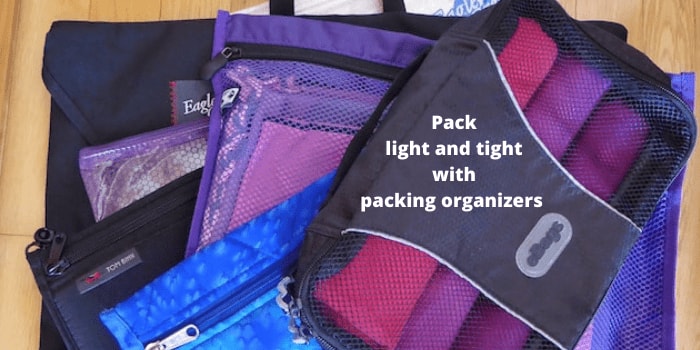
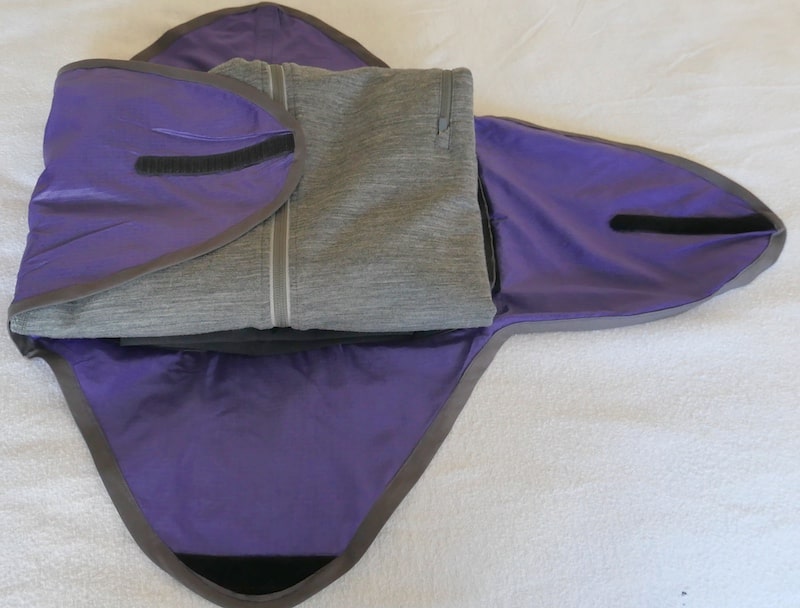
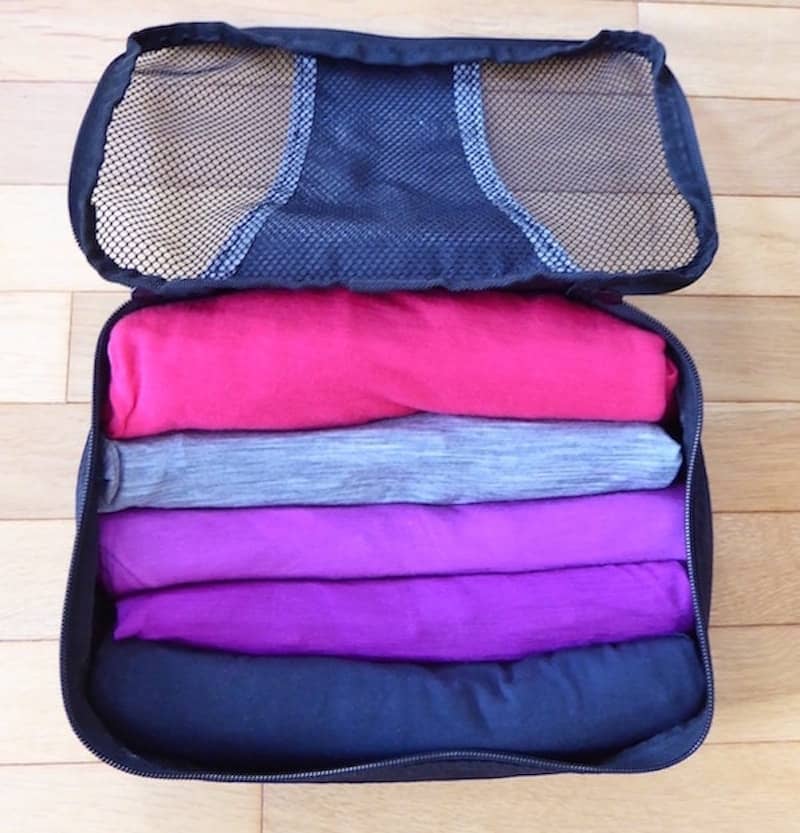
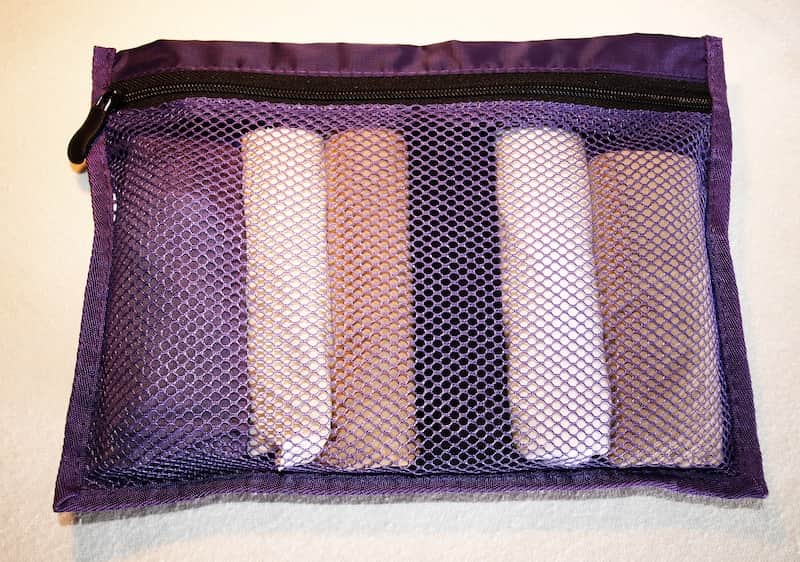
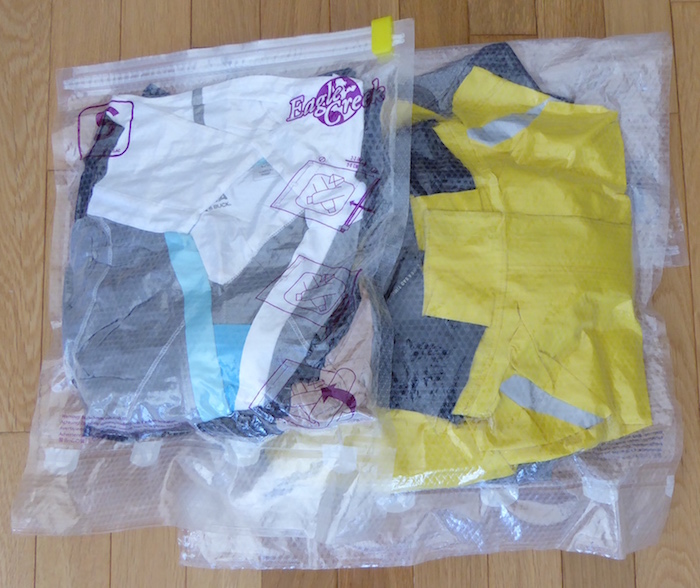
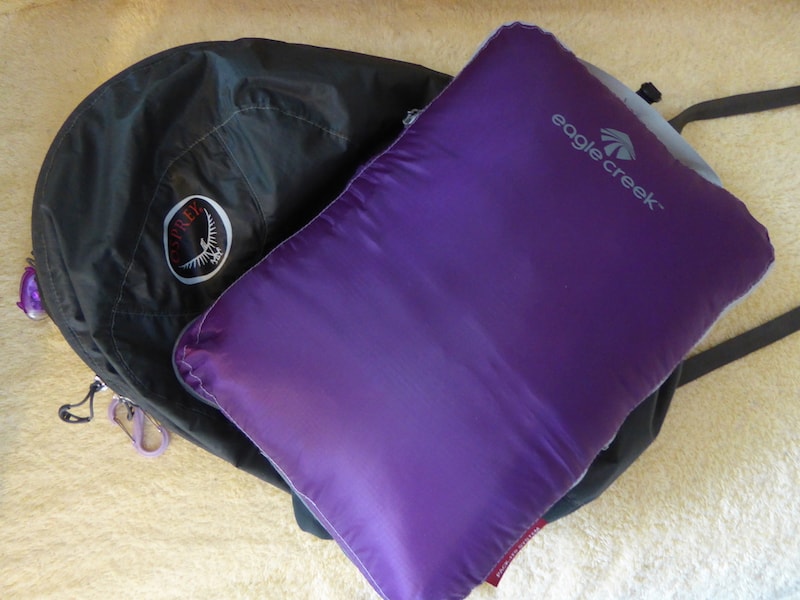
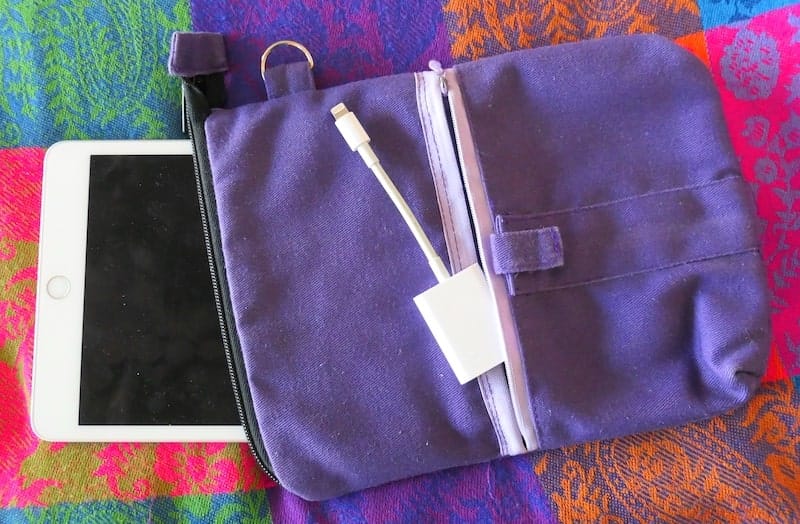
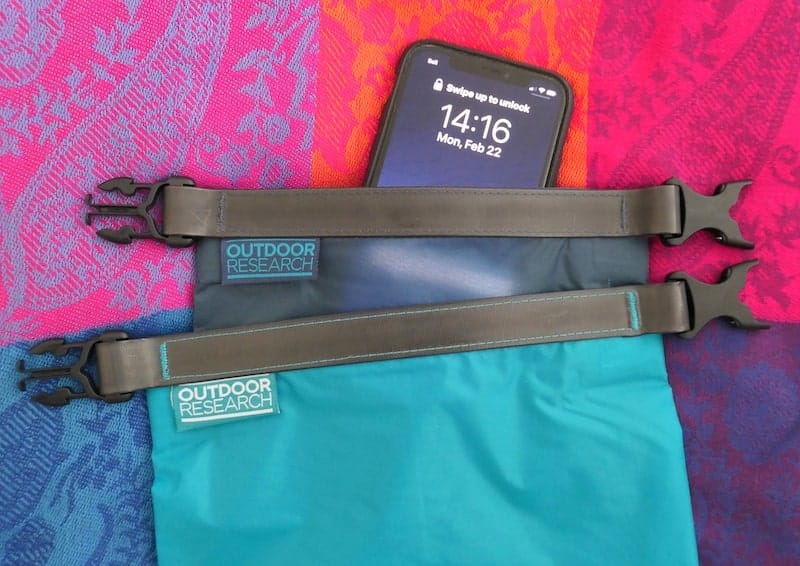
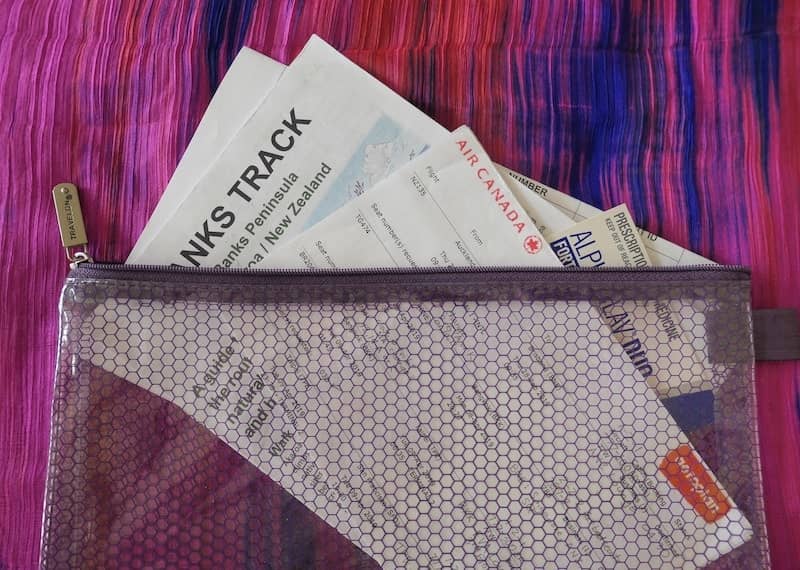
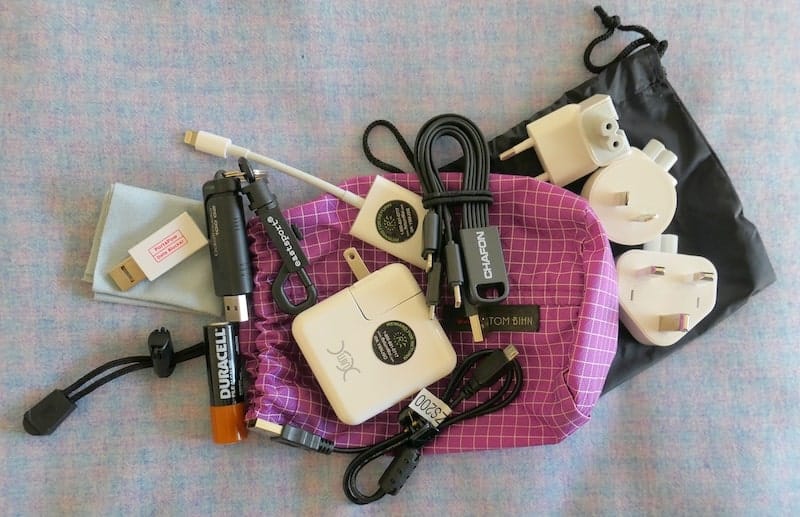
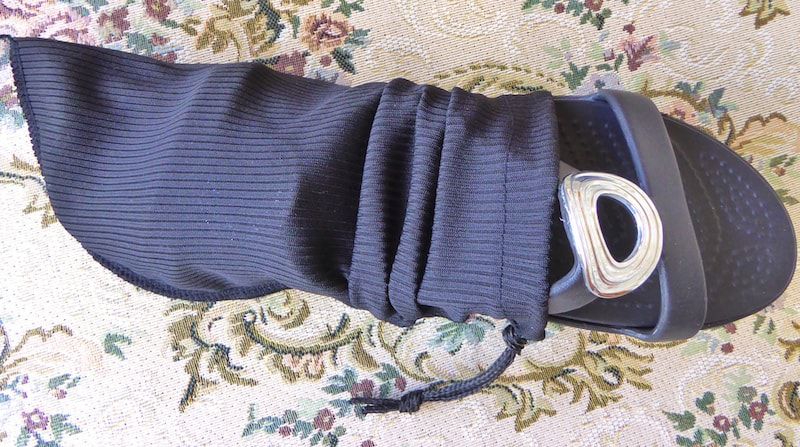
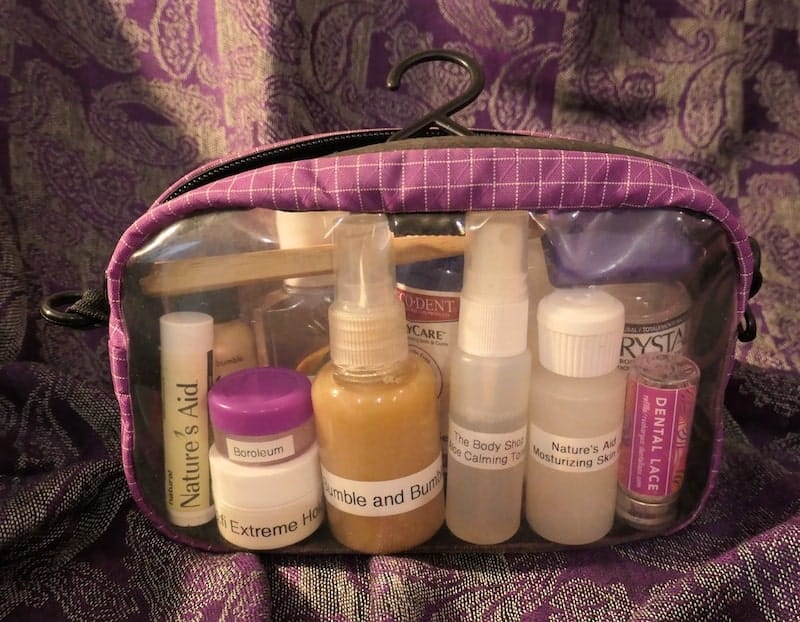
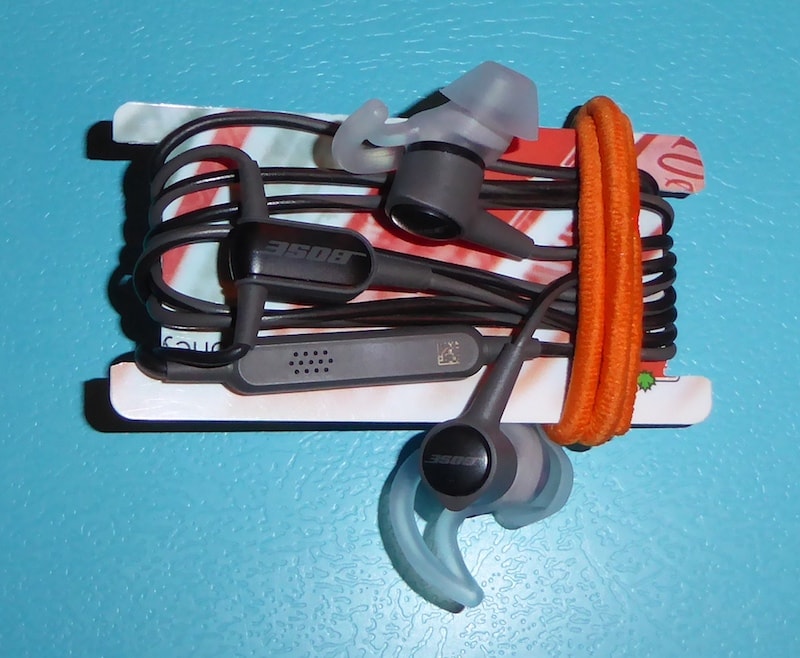
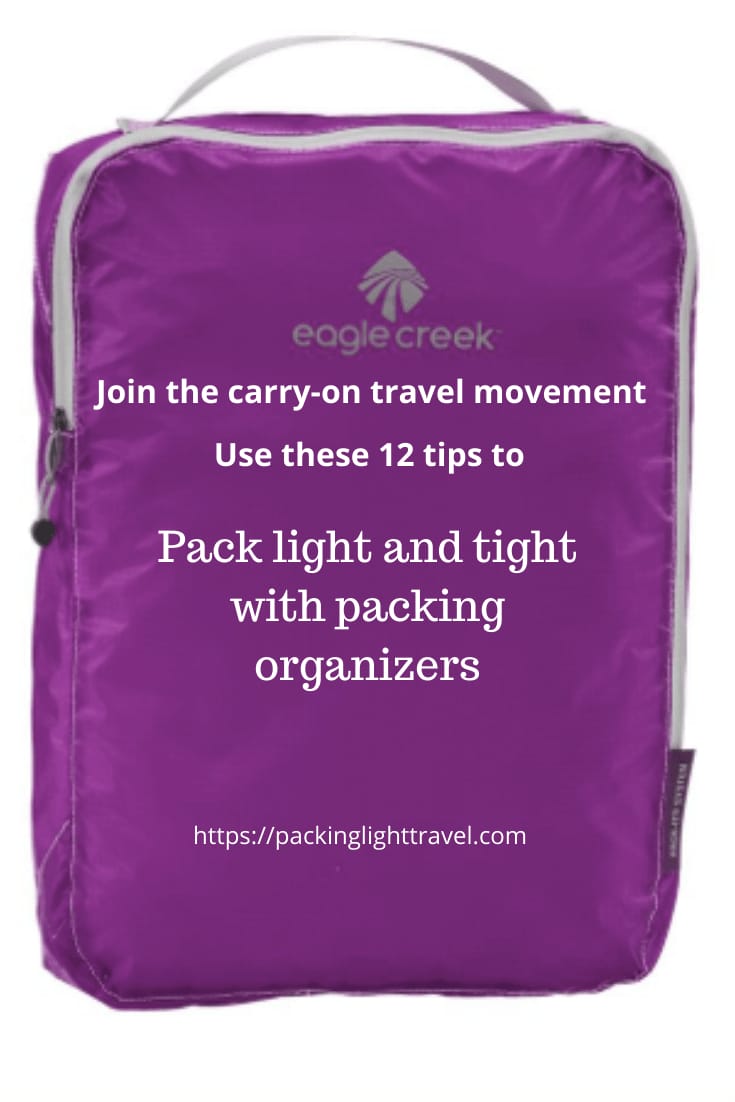




I’m a huge fan of Muji’s mesh top nylon travel organizers (“garment bags”) , which weigh less than Eagle Creek’s. I really noticed the difference when I ditched Eagle Creek http://www.muji.us/store/travel/foldable-garment-bags.html
I have also switched to Eagle Creek’s Specter sacks, which are weightless, formless, and come in colors, for color coding. I don’t use them as cubes because I prefer mesh tops, but for electronics, medical kit, carry on necessities. I augment my carry on with a small backpack filled with these. Sierra Trading Post often carries some items from this line at a discount.
http://shop.eaglecreek.com/pack-it-specter/l/231
For lotions and potions, I use REI’s TSA Friendly Flat Bottle Kit (3 ounce bottles). They squish into the TSA baggie when full, letting you carry more, and take up ever less space as they empty. There is another brand that I sometimes find at TJ Maxx: 3 of these bottles for $5! https://www.rei.com/product/866090/rei-tsa-friendly-flat-bottle-kit?CAWELAID=120217890000826826&CAGPSPN=pla&CAAGID=30320809120&CATCI=aud-77557513944:pla-68428078600&cm_mmc=PLA_Google%7C404_3005%7C8660900001%7C0b9f6e08-0b6c-4c2c-a5e7-e23f3eb01d89%7Caud-77557513944:pla-68428078600&lsft=cm_mmc:PLA_Google_LIA%7C404_3005%7C8660900001%7C0b9f6e08-0b6c-4c2c-a5e7-e23f3eb01d89%7Caud-77557513944:pla-68428078600&gclid=CKmTwMXOxM4CFYokhgodYa0DoQ